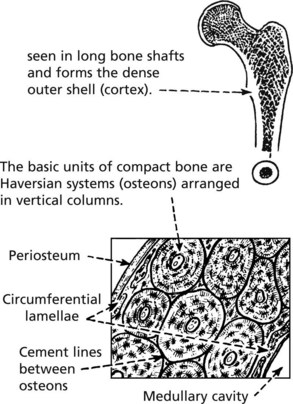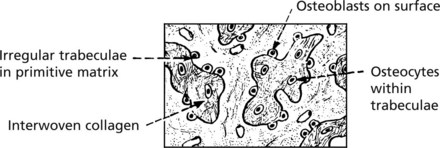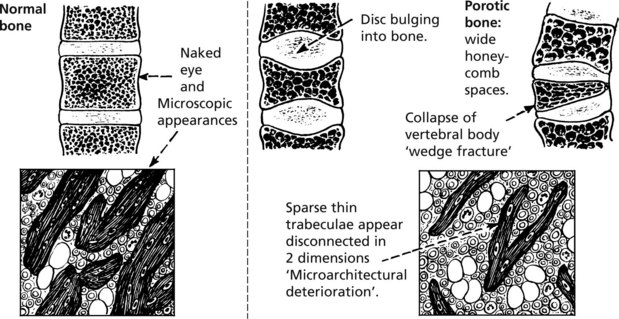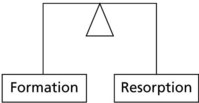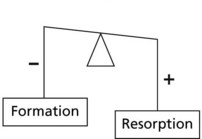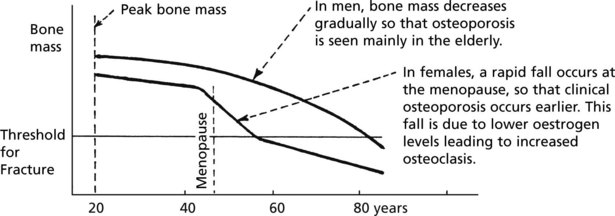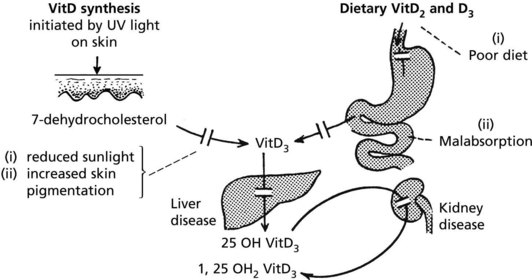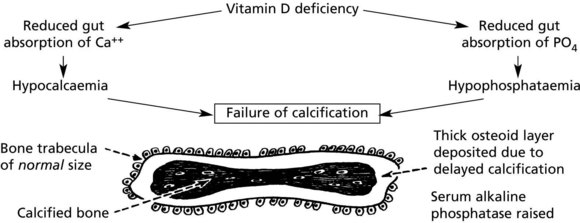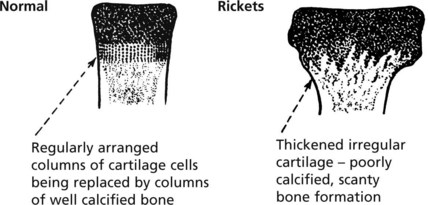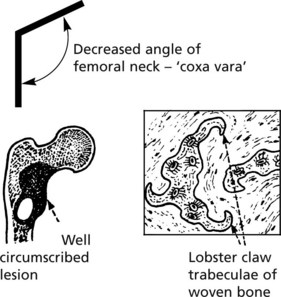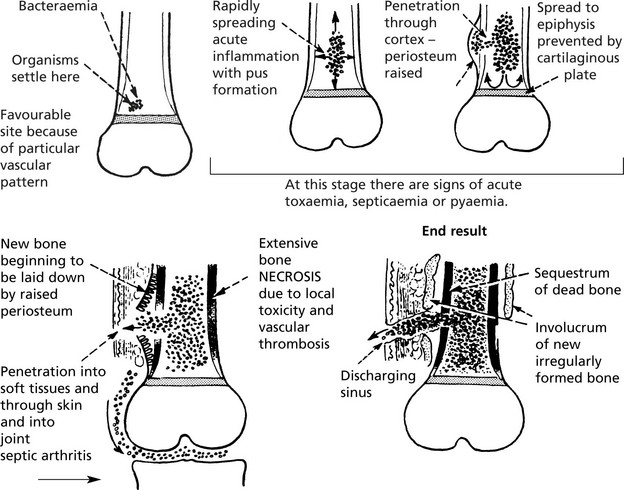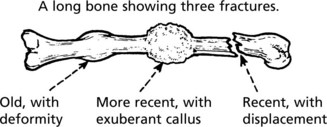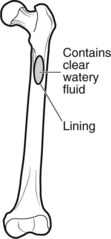Chapter 15 Musculo-Skeletal System
Bone
There are two different forms of normal adult bone, both with a lamellar (layered) structure.
Osteoporosis
OSTEOPOROSIS is the commonest disorder of bone. It is defined as a systemic disease characterised by:
Pathology: The changes in the vertebral bodies are shown.
Aetiology
In normal bone the dynamic processes of formation and resorption are in balance.
In osteoporosis the balance is upset by
Bone mass decreases with age in both sexes: in old age, osteoblastic activity falls.
The aetiology can be summarised as follows:
Osteomalacia and Rickets
Osteomalacia and rickets are disorders of bone due to failure of mineralisation of newly formed osteoid, caused by vitamin D deficiency in almost all cases. The poorly calcified bones are soft causing deformity or fracture.
Metabolic Bone Disease
In rickets the growing ends of long bones are abnormal.
This results in stunting of growth and bowing of the lower limbs.
In females permanent deformities of the pelvis can cause serious difficulty during childbirth.
Enlargement of costochondral junctions gives the so-called rickety rosary
Paget’s Disease of Bone
This disease of unknown aetiology usually presents after the age of 50 years and is more common in males. It is fairly common (3% of autopsies), but only in its more severe forms are there clinical symptoms. The disorder is focal: the bones particularly affected are the pelvis, vertebrae, skull and lower limbs. It has been suggested that virus infection (e.g. measles, distemper) of osteoclasts is responsible. Genetic factors are important.
Often asymptomatic, the main effects are:
The use of bisphosphonates offers effective therapy in many cases.
Bone – Miscellaneous
Osteonecrosis (Avascular Necrosis)
Interruption of its blood supply causes bone to undergo necrosis. This tends to occur with fractures at sites where the vascular supply is damaged. Fractures of the femoral neck and scaphoid bone are good examples.
Bone necrosis occuring at an articular surface often leads to degenerative arthritis.
Infections of Bone
Acute Osteomyelitis
Classically caused by Staphylococcus aureus. This affects the metaphyses of long bones in children. Nowadays the incidence has been greatly reduced and the use of antibiotics aborts the development of the disease. The bacteria are blood borne and settle in the cancellous bone of the metaphysis. The effects are dramatic and rapidly progressive.
The presence of necrotic bone ensures that the inflammation continues.
Developmental Abnormalities
Generalised abnormalities are rare and usually inherited.
Stay updated, free articles. Join our Telegram channel

Full access? Get Clinical Tree


